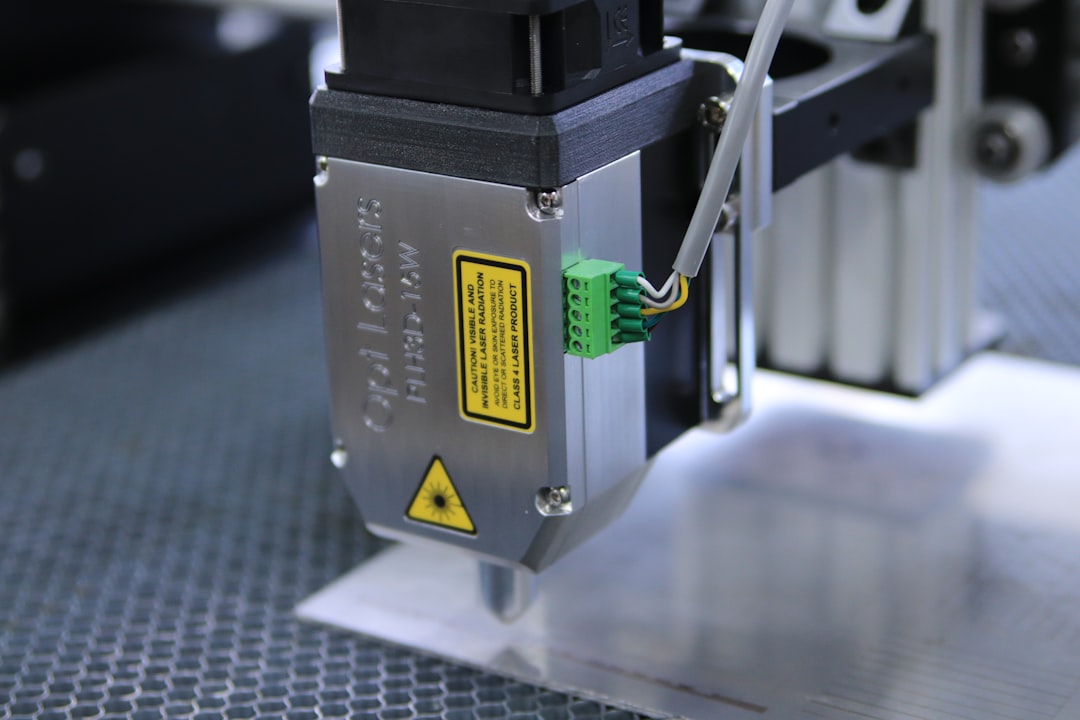body {
font-family: sans-serif;
line-height: 1.6;
}
h1, h2, h3 {
color: #333;
}
Mechanical testing is crucial for ensuring the quality, safety, and performance of materials and components across various industries. From aerospace to automotive, understanding and effectively utilizing mechanical test devices is paramount. This comprehensive guide will delve into the intricacies of these devices, providing you with the knowledge and confidence to conduct accurate and reliable tests.
Understanding Different Types of Mechanical Test Devices
A wide array of mechanical test devices exist, each designed for specific testing purposes. Some common types include:
- Tensile Testing Machines: These machines measure the material’s resistance to tensile forces, determining properties like tensile strength, yield strength, and elongation. They are widely used for metals, plastics, and composites.
- Compression Testing Machines: These machines apply compressive forces to materials to determine compressive strength, yielding, and modulus of elasticity. Applications include testing concrete, ceramics, and other brittle materials.
- Fatigue Testing Machines: These machines subject materials to cyclic loading to determine their fatigue life and endurance limit. This is crucial for applications where components undergo repeated stress cycles.
- Hardness Testing Machines: These machines measure the material’s resistance to indentation or scratching, providing an indication of its hardness and strength. Common methods include Rockwell, Brinell, and Vickers hardness testing.
- Impact Testing Machines: These machines measure the material’s resistance to sudden impact forces, determining its toughness and resistance to fracture. Examples include Izod and Charpy impact tests.
The choice of device depends entirely on the specific material being tested and the properties of interest.
Safe Operation and Calibration Procedures
Safety is paramount when operating mechanical test devices. Before commencing any test, ensure you have:
- Received proper training and understand the device’s operation.
- Inspected the device for any damage or malfunction.
- Properly secured the specimen in the testing grips.
- Set the appropriate testing parameters based on the material and test standard.
- Used appropriate personal protective equipment (PPE), including safety glasses and gloves.
Regular calibration is essential to maintain the accuracy and reliability of the test results. Calibration should be performed according to the manufacturer’s instructions and relevant standards, using certified weights and standards.
Data Acquisition and Analysis Techniques
Modern mechanical test devices often include sophisticated data acquisition systems that record force, displacement, strain, and other relevant parameters during the test. This data is crucial for determining the material’s mechanical properties. Data analysis typically involves:
- Stress-Strain Curve Generation: Plotting the stress-strain curve allows for the determination of key mechanical properties such as yield strength, ultimate tensile strength, and modulus of elasticity.
- Statistical Analysis: Performing statistical analysis on multiple test results helps to assess the variability and reliability of the material properties.
- Data Reporting: Generating comprehensive reports that include test parameters, results, and relevant graphs is essential for documentation and quality control purposes.
- Software Utilization: Many testing machines come with software packages that automate data acquisition, analysis, and reporting, simplifying the process.
Troubleshooting Common Issues with Mechanical Testing Equipment
Even with proper care, mechanical test devices can encounter issues. Common problems include:
- Calibration Errors: Inaccurate calibration can lead to unreliable test results. Regular calibration is crucial.
- Sensor Malfunctions: Faulty sensors can lead to inaccurate data acquisition. Regular inspection and maintenance are essential.
- Mechanical Failures: Wear and tear on mechanical components can lead to inaccurate results or device malfunction. Regular maintenance and timely repairs are necessary.
- Software Glitches: Software issues can disrupt data acquisition and analysis. Regular software updates and troubleshooting are essential.
- Specimen Preparation Issues: Incorrect specimen preparation can affect test results. Following standardized preparation procedures is crucial.
Understanding the potential issues and having a plan for troubleshooting can significantly minimize downtime and ensure the accuracy of your testing.
Advanced Applications and Emerging Trends
Mechanical testing is constantly evolving. Advanced applications include:
- High-Temperature Testing: Testing materials at elevated temperatures to simulate real-world operating conditions.
- Creep Testing: Measuring the material’s deformation under sustained stress over time.
- Fracture Mechanics Testing: Analyzing the material’s behavior under fracture conditions.
- Digital Image Correlation (DIC): Using digital image processing to measure strain fields on the material surface.
- Integration with Simulation Software: Integrating experimental data with finite element analysis (FEA) for improved product design and optimization.
Staying abreast of these advancements ensures that you are utilizing the most effective and efficient methods for mechanical testing.
By understanding the various types of mechanical test devices, mastering safe operating procedures, analyzing data effectively, and troubleshooting potential issues, engineers can ensure the reliability and accuracy of their material testing, leading to improved product design, quality control, and overall safety.
SEO Tags:
mechanical testing, material testing, tensile testing, compression testing, fatigue testing




